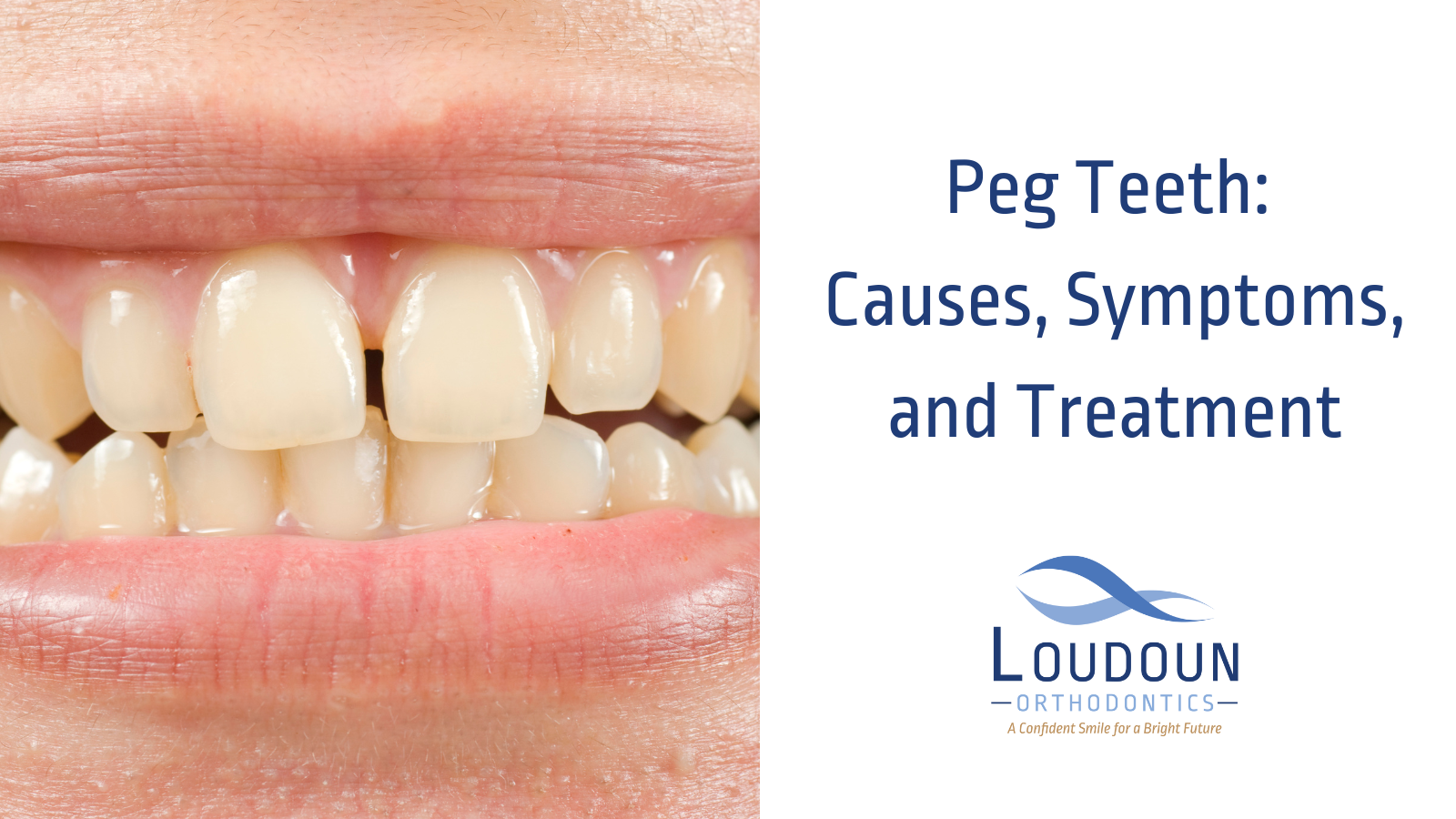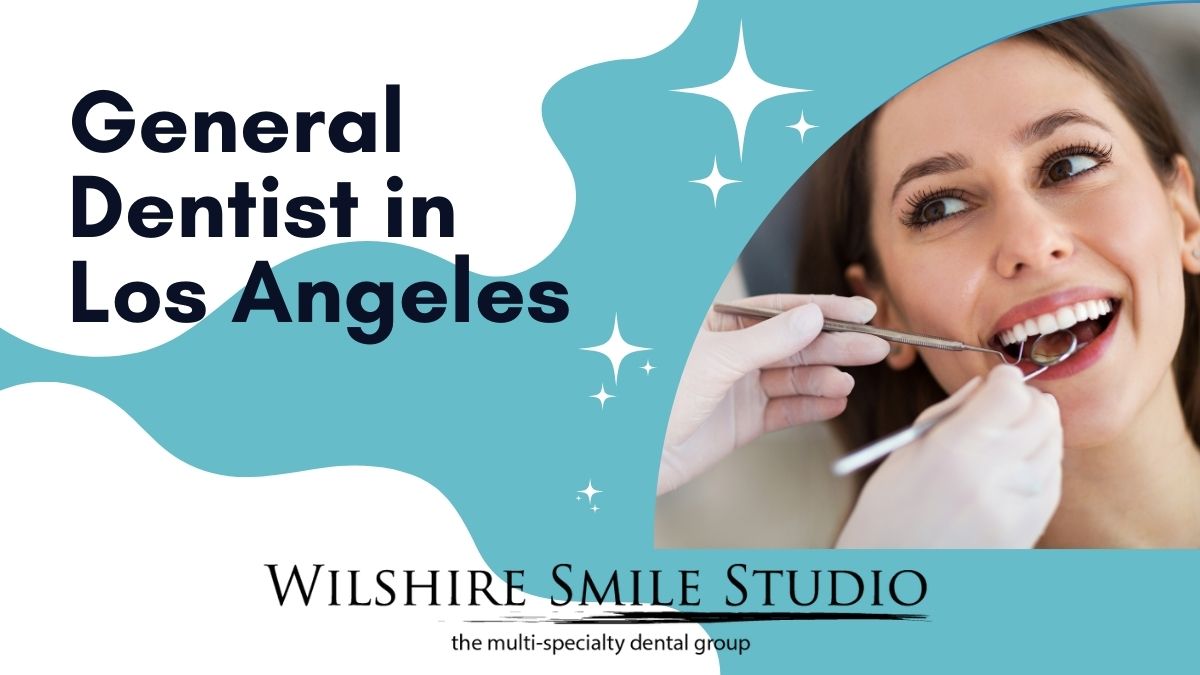Not known Details About Legacy Orthodontics
Not known Details About Legacy Orthodontics
Blog Article
Legacy Orthodontics for Dummies
Table of ContentsThe Ultimate Guide To Legacy OrthodonticsLegacy Orthodontics Can Be Fun For EveryoneThe Ultimate Guide To Legacy OrthodonticsGetting My Legacy Orthodontics To WorkThe 7-Second Trick For Legacy Orthodontics
In addition, we supply flexible therapy schedules, versatile repayment options and a fun, satisfying experience.An orthodontist is a dental professional trained to diagnose, prevent, and deal with teeth and jaw abnormalities. Orthodontists work with people of all ages, from youngsters to adults.
Malocclusion, or misaligned teeth, can cause oral problems, consisting of dental caries, periodontal condition, and tough or agonizing eating. But not everybody is born with straight teeth. If you have a bad bite or big areas between your teeth, you might want to consult a dental expert concentrating on orthodontic treatment.
The Best Strategy To Use For Legacy Orthodontics
( Picture Debt: DigitalVision/Getty Images) Orthodontists utilize dealt with and removable oral gadgets, like braces, retainers, and bands, to change the placement of teeth in your mouth. Orthodontic therapy is for dental problems, consisting of: Crooked teethBite troubles, like an overbite or an underbiteCrowded teeth or teeth that are as well much apartJaw misalignmentThe objective of orthodontic therapy is to improve your bite.
A healthy bite ensures you can consume, chew, and talk effectively. While you might think about orthodontists as mostly for kids or teenagers that need braces, they can correct oral issues at any kind of age. Orthodontists participate in college, dental institution, and orthodontic college. After college graduation, they spend 2 or 3 years in an orthodontic residency program.
, but not all dental practitioners are orthodontists. They concentrate on two areas: Just how to properly and securely move teeth Exactly how to properly lead growth in the teeth, jaw, and faceOnce an orthodontist has completed training, they have the option to become board accredited.
The 5-Second Trick For Legacy Orthodontics
Malocclusion leads to tooth congestion, a twisted jaw, or irregular bite patterns. Malocclusion is generally treated with: Your orthodontist connects steel, ceramic, or plastic square bonds to your teeth.
If you have only minor malocclusion, you might have the ability to use clear braces, called aligners, rather of standard dental braces (http://peterjackson.mee.nu/do_you_ever_have_a_dream#c2208). Some individuals need a headgear to help move teeth into line with stress from outside the mouth. After braces or aligners, you'll require to use a retainer. A retainer is a custom-made over here tool that keeps your teeth in position.
They're usually made use of on children. They can create extra space in the mouth without having to draw teeth. If you have a serious underbite or overbite, you could need orthognathic surgical procedure (likewise called orthodontic surgical procedure) to extend or reduce your jaw. Orthodontists utilize cords, medical screws, or plates to sustain your jaw bone.
You might need to see an orthodontist if you have: Crowding or not enough room for all of your teethOverbite, when your upper teeth come over your bottom teethUnderbite, when your bottom teeth are too much forwardSpacing or concerns with gapsCrossbite, which is when your top teeth fit behind your base teeth when your mouth is closedOpen bite or an upright space in between your front base and top teethMisplaced midline, when the center of your bottom and upper teeth don't line up Dealing with a dental malocclusion can: Make attacking, chewing, and speaking easierImprove the symmetry of our face and your overall appearanceEase discomfort from temporomandibular joint problemsDifferent your teeth and make them easier to clean, helping stop dental caries or tooth cavities It's typically a dentist that first notifications misaligned teeth during a regular exam.
Legacy Orthodontics - Truths

Throughout your very first orthodontic examination, you'll likely have: An oral examPhotos taken of your face and smileDental X-raysPanoramic (360 level) X-rays of your face and headImpressions to develop mold and mildews of your teethThese examinations will assist your orthodontist know exactly how to continue with your treatment. orthodontics. An orthodontist is a dental practitioner who's had training to treat your teeth and jaw
An orthodontist is concentrated on your bite, so something like a broken tooth would certainly be managed by a dental professional. Orthodontists are concentrated on your bite, or the method your teeth fit together, and the straightness of your teeth.
Ever wondered just how celebrities always appear to have completely aligned teeth? Orthodontists are dental specialists who concentrate on remedying abnormalities in the teeth and jaws.
Examine This Report about Legacy Orthodontics

While dental braces are one of the most frequently identified orthodontic therapy, orthodontists have a varied toolkit at their disposal. The certain method selected depends upon the intensity of the situation, the patient's age, and individual preferences. These tried-and-true braces utilize a system of brackets bonded to the teeth and connected by wires.
Clear aligners, like Invisalign, are a prominent option for patients seeking an extra very discreet therapy choice. These removable trays are tailor-made to gradually change the teeth's setting. Headgear may be utilized combined with dental braces or aligners to use extra targeted forces, specifically for dealing with jaw disparities. In situations of narrow jaws, palatal expanders can be used to produce area for appropriate tooth placement.
Report this page